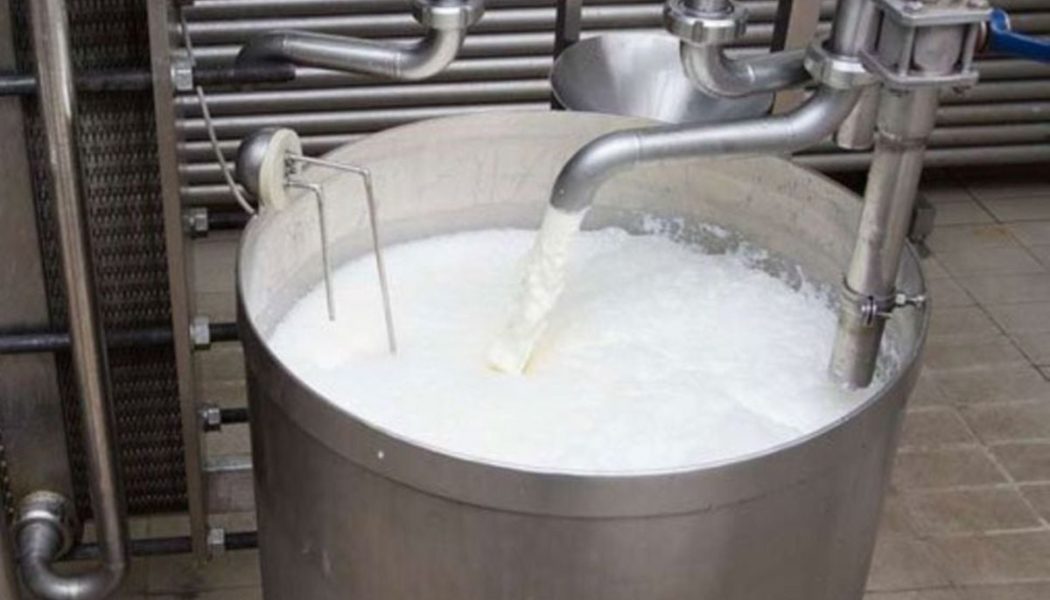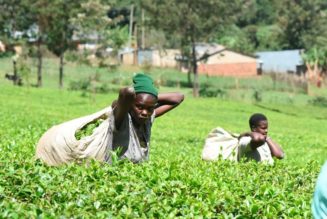
The quantity of milk purchased by processors from farmers went up by 27.7 percent in the first quarter of the year as dairy production significantly increased due to sufficient rainfall.
The Kenya Dairy Board (KDB) data shows milk intake by processors hit a record 216.646 million litres between January and March, marking a sharp growth from 169.556 million litres in the first quarter of last year.
The sufficient rains received since last October have been a blessing for dairy farmers who have enjoyed cheaper prices of fodder, helping output recover from a contraction witnessed at the start of last year due to a biting drought.
The dairy board has licensed some 334 milk producers and coolers, but production from these groups has not been sufficient to meet demand.
This has seen Kenya increasingly rely on imports—particularly from Uganda—to meet the demand for processed milk and related products such as ghee, cheese, butter and yoghurt.
Kenya’s dairy imports from Uganda, for instance, nearly tripled in the year to June 2023, making up 83 percent of the total dairy products sold by Uganda during the period.
Uganda’s Dairy Development Authority, which regulates the country’s dairy sub-sector, shows it exported dairy products worth USh810.56 billion (Sh29.2 billion) to Kenya during the period. But demand for dairy products could soon be affected by the government’s plan to introduce the 16 percent value-added tax on milk and bread, which would raise prices.
Treasury Cabinet secretary Njuguna Ndung’u last month said the zero-rating of bread and milk had failed to cushion the targeted poor households and instead benefited the middle class.
“When you look at those products, you realise 95 percent of refunds go to bread and milk. Who goes to the supermarket to buy bread and milk?” he posed. “We are not compensating the poor, we are compensating the middle class.”
However, the government has promised to motivate the growth of the dairy sector, especially by reducing the cost of inputs, which form a significant portion of the costs incurred by dairy farmers.
This is part of its plan to increase dairy output from 5.2 billion litres annually to 10 billion litres.
Prof Ndung’u, in the 2024 budget policy statement, promised that the State would allow duty-free importation of raw materials for the manufacture of animal feeds to lower the cost of production.









